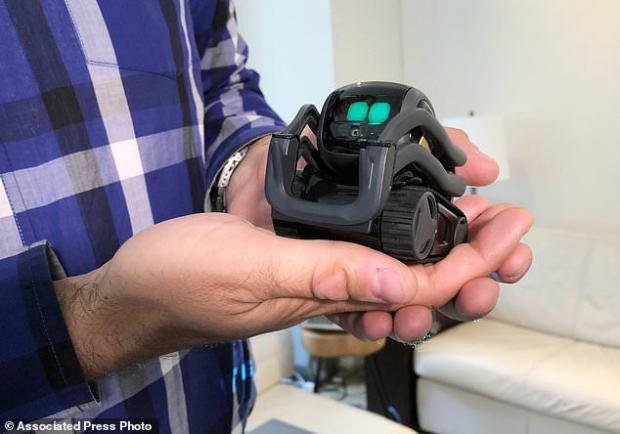
Breaking News
 Nancy Pelosi has officially announced her RETIREMENT at the end of her term, January 3, 2027.
Nancy Pelosi has officially announced her RETIREMENT at the end of her term, January 3, 2027.
 Omeed Malik: The Technocrat Muslim Billionaire Inside MAGA
Omeed Malik: The Technocrat Muslim Billionaire Inside MAGA
 Democrat-led government shutdown is now causing flight delays, threatening air traffic control,...
Democrat-led government shutdown is now causing flight delays, threatening air traffic control,...
Top Tech News
 HUGE 32kWh LiFePO4 DIY Battery w/ 628Ah Cells! 90 Minute Build
HUGE 32kWh LiFePO4 DIY Battery w/ 628Ah Cells! 90 Minute Build
 What Has Bitcoin Become 17 Years After Satoshi Nakamoto Published The Whitepaper?
What Has Bitcoin Become 17 Years After Satoshi Nakamoto Published The Whitepaper?
 Japan just injected artificial blood into a human. No blood type needed. No refrigeration.
Japan just injected artificial blood into a human. No blood type needed. No refrigeration.
 The 6 Best LLM Tools To Run Models Locally
The 6 Best LLM Tools To Run Models Locally
 Testing My First Sodium-Ion Solar Battery
Testing My First Sodium-Ion Solar Battery
 A man once paralyzed from the waist down now stands on his own, not with machines or wires,...
A man once paralyzed from the waist down now stands on his own, not with machines or wires,...
 Review: Thumb-sized thermal camera turns your phone into a smart tool
Review: Thumb-sized thermal camera turns your phone into a smart tool
 Army To Bring Nuclear Microreactors To Its Bases By 2028
Army To Bring Nuclear Microreactors To Its Bases By 2028
 Nissan Says It's On Track For Solid-State Batteries That Double EV Range By 2028
Nissan Says It's On Track For Solid-State Batteries That Double EV Range By 2028
Personalised AI-powered robots are getting more sociable...

It's taken decades of research to build robots even a fraction as sophisticated as those featured in popular science fiction.
They don't much resemble their fictional predecessors; they mostly don't walk, only sometimes roll and often lack limbs.
And they're nowhere close to matching the language, social skills and physical dexterity of people.
Worse, they're so far losing out to immobile smart speakers made by Amazon, Apple and Google, which cost a fraction of what early social robots do, and which are powered by artificial-intelligence systems that leave many robots' limited abilities in the dust.
That hasn't stopped ambitious robot-makers from launching life-like robots into the market - albeit with mixed results so far.
Two pioneers in a new vanguard of cute, sociable robots - Jibo, a curvy talking speaker, and Kuri, a cartoonish wheeled 'nanny' - have been early casualties. The makers of Vector, a less expensive home robot that was unveiled Wednesday, hope theirs will be a bigger hit.
Still others, including a rumoured Amazon project and robots designed to provide companionship for senior citizens, remain in the development phase.

 The Technocratic Dark State
The Technocratic Dark State Carbon based computers that run on iron
Carbon based computers that run on iron

